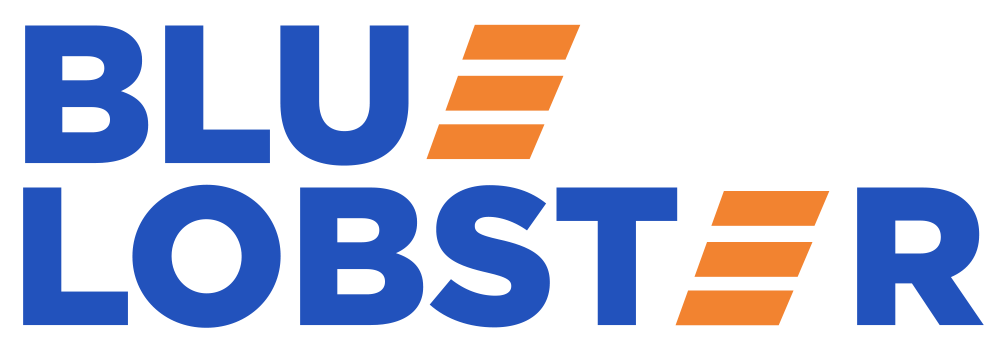Introduction
Blockchain is one of the most transformative technologies of the 21st century. It serves as the foundation for cryptocurrencies such as Bitcoin and Ethereum, but its scope extends far beyond them. From secure transactions to decentralized applications, blockchain has changed industries such as finance, healthcare, and supply chain management. In this blog, we’ll break down the fundamentals of blockchain technology, how it works, and why it matters.
What is Blockchain?
Think of it as a digital ledger, much like a shared Google document that multiple people can access but cannot alter without agreement. A blockchain is a decentralized, distributed ledger that records transactions across multiple computers. It provides transparency, security, and immutability, making it nearly impossible to alter past data without the agreement of the network.
Key Features of Blockchain
Decentralization
Unlike traditional databases controlled by a central authority, blockchain operates on a peer-to-peer network where every participant has access to the entire ledger.
Transparency
Every transaction is recorded on the blockchain and is visible to all participants, promoting accountability.
Security
Transactions are encrypted and linked using cryptographic techniques, making them highly secure.
Immutability
Once a transaction is recorded, it cannot be altered or deleted, preserving data integrity.
Consensus Mechanisms
Transactions are validated through consensus protocols like Proof of Work (PoW) or Proof of Stake (PoS), removing the need for a central authority.
How Blockchain Works
Transaction Initiation
A user starts a transaction, such as sending cryptocurrency or recording a contract.
Transaction Verification
Network nodes confirm the transaction using consensus mechanisms.
Block Creation
Verified transactions are grouped into a block.
Block Addition to the Chain
The new block is added to the existing blockchain, creating a secure record.
Transaction Completion
The transaction is finalized and becomes a permanent part of the blockchain history.
Types of Blockchain
Public Blockchain
Open to anyone, decentralized, and maintained by a global network (e.g., Bitcoin, Ethereum).
Private Blockchain
Restricted access, controlled by a single organization (e.g., enterprise solutions like Hyperledger Fabric).
Consortium Blockchain
A hybrid model where multiple organizations share control (e.g., banking consortia using R3 Corda).
Hybrid Blockchain
A combination of public and private blockchains for optimized security and accessibility.
Applications of Blockchain
- Cryptocurrencies – Bitcoin and other digital assets use blockchain for secure transactions.
- Smart Contracts – Self-executing contracts with automated enforcement (Ethereum’s primary use case).
- Supply Chain Management – Improves transparency and tracking of goods (e.g., Walmart and IBM Food Trust).
- Healthcare – Secures patient records and medical data integrity.
- Voting Systems – Provides fair and tamper-proof elections.
- Decentralized Finance (DeFi) – Enables financial services without intermediaries.
Challenges and Future of Blockchain
Despite its advantages, blockchain faces difficulties such as scalability, high energy consumption (in PoW), regulatory concerns, and adoption barriers. However, innovations like Layer 2 solutions, sharding, and energy-efficient consensus mechanisms are addressing these issues. With growing use across industries, blockchain is set to redefine digital transactions and trust-based systems worldwide.
Conclusion
Blockchain is a major technological advancement that goes beyond digital currencies, changing how we build trust, improve security, and decentralize systems. As industries continue to integrate blockchain into their operations, understanding its fundamentals is important. Whether you’re an investor, developer, or simply a tech enthusiast, blockchain technology has great potential for the future.






